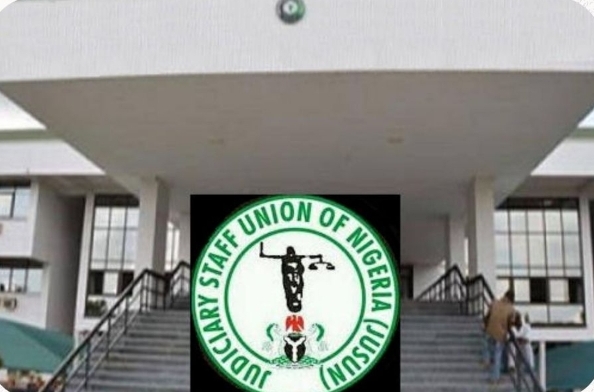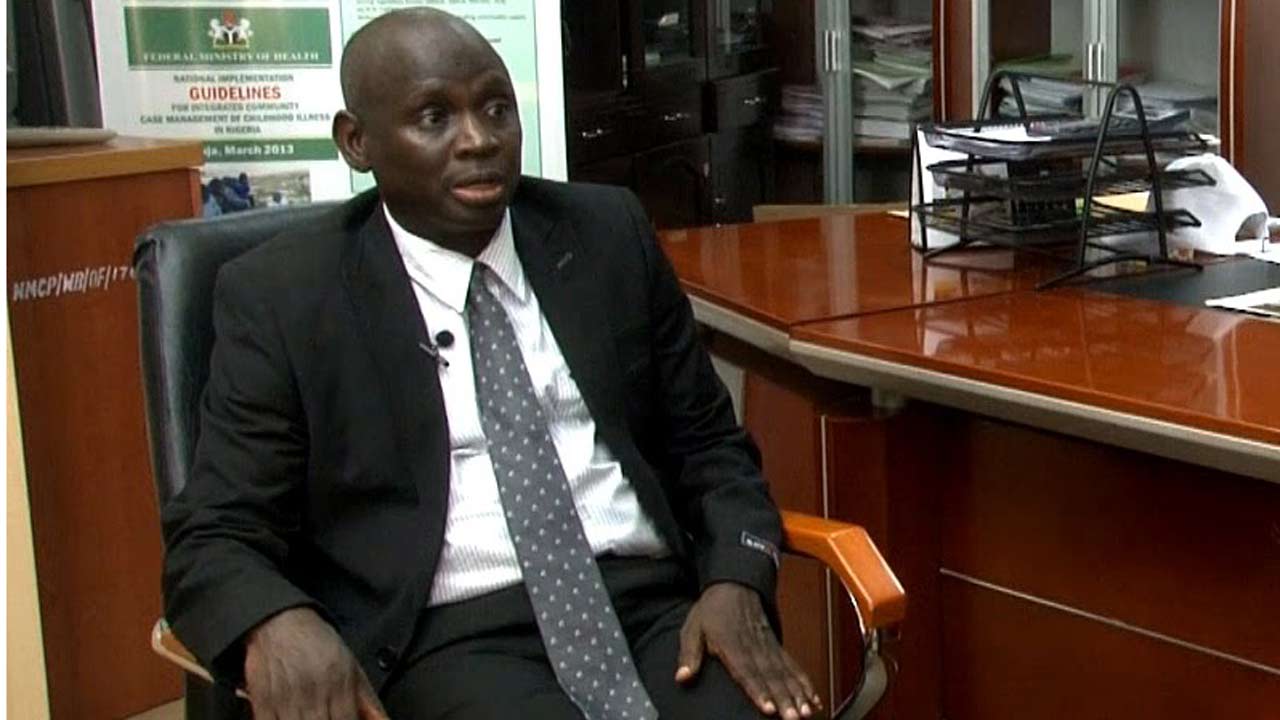
Despite several attempts, which are largely summarized into the World’s 2030 agenda for Sustainable Development Goals, as well as, Africa Union Agenda 2063, Africa may not achieve inclusive and integrated implementation and follow-up if holistic instrument is not nurtured to promote good governance and accountability in the continent.
Not that any new tool is needed for this purpose; the African Peer Review Mechanism (APRM) has been recognised as one of the world’s best in that regard, but the task is in ensuring that the process is revived and positioned to perform its task. In the light of this, continent-based organisations such as the Electoral Institute for Sustainable Democracy in Africa (EISA) and the South Africa Institute of International Affairs (SAIIA), have been prominent in engraving the APRM system into the consciousness of leaders and stakeholders in the continent. Last month in Nairobi, Kenya, the two groups jointly held another of its regular consultations on reviving APRM with members of the Civil Society Organisations (CSO). Together, they agreed that the continent may not achieve any significant mileage in its set goals without good governance and accountability. Indeed, most of the conflicts and crisis would have been avoided if the APRM recommendations had been heeded.
Curiously, host country of the parley, Kenya, would have avoided the electoral violence of 2007, which led to the death of over 1500, had it took the APRM recommendations prior to the elections seriously. Incidentally, Kenya’s President Uhuru Kenyatta is the chairperson of the Head of Government Forum of the APRM. While last month’s meeting may be considered a slight improvement; this is only so because President Kenyatta’s representative, Cabinet Secretary at the Ministry of Devolution and Planning, Mr. Mwangi Kiunjuri, graced the occasion. Similar effort in 2014 was cancelled at the last minute.
Against the backdrop of the next African Union summit, holding in Kigali, Rwanda, the task before Africa’s Heads of Government may be to accord significant attention to the APRM, while agreeing to implementing the spirit of the process and not just consigning discussion around the mechanism to one-side event at the summit. That could result in limited consequential policy decisions discussed and implemented. The AU must have to look at why 19 of its member-states remained outside the APRM fold.
When the APRM was established in 2003 the purpose was to promote standard-setting and best practice, identify areas of under-performance, flag associated risks and signal potential sources of conflict within member countries, all with the aim of establishing better governance on the continent. But even the 35 member-states have struggled so far to paint a success story of the tool, described as the best and uncommon tool process to come out of the continent. Kenya is the only country that has gone through the most important second review of the process.
One of the major problems facing the mechanism is political will. According to the chairperson of the APRM board, former South Africa’s President Thabo Mbeki, “Africa has the means to solve its problems, if only we can find the political will.” Mbeki and Nigeria’s former President Olusegun Obasanjo were the major forces behind formation of the APRM.
The major aim being to enthrone a prosperous continent based on inclusive growth. Other laudable reasons for the APRM include, fostering a continent characterised by good governance, democracy, respect for human rights and the rule of law; as well as, a peaceful and secure continent, with strong cultural identity, values. The APRM is also expected to promote Africa as a strong and influential global partner.
Larger transparency, improved public accountability, coherent development policy and better regional partnership are some of the benefits expected of APRM.
But since establishment, especially after the exit of both Mbeki and Obasanjo as Presidents of their respective countries, the process appears to have been neglected by stakeholders. One year after its inception, the APRM had 10 development partners contributing to its trust fund, but there is no single partner presently remaining.
To the credit of the process, no member-state has pulled out of the mechanism. Yet, that in itself becomes worrying. Could the mechanism be perceived as so soft and inconsequential to such an extent that no one needs to bother about its reviews and recommendation? A non-threat entity needing no pull out? Many of the 35-member-state of the mechanism had fallen short of the process, but the APRM cannot sanction. At present, the tool can only bark, but not bite.
When Kenya ignored its prediction, there is nothing the process could do but watch the orgies of violence that ensued. The mechanism also predicted possible rise






